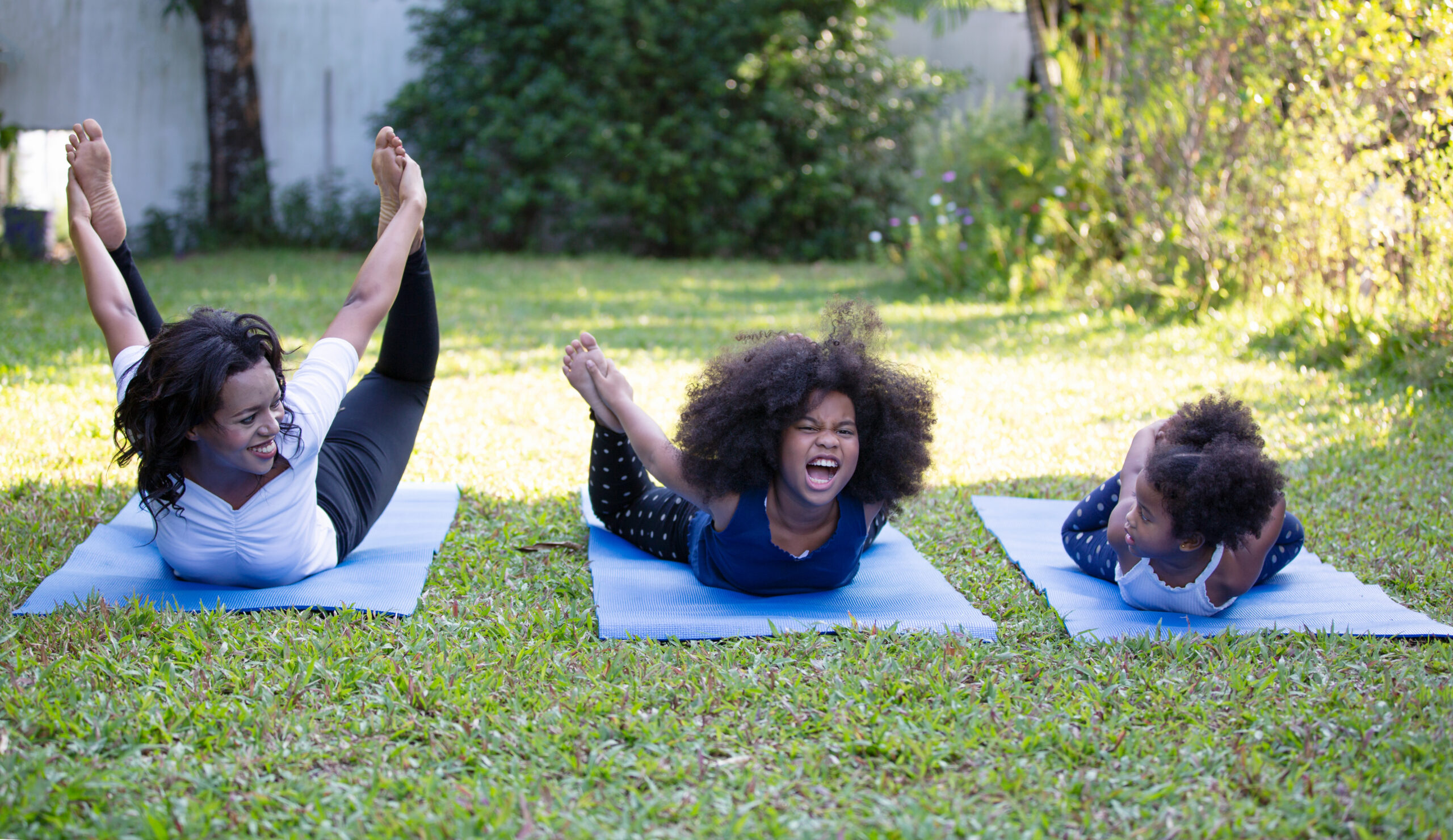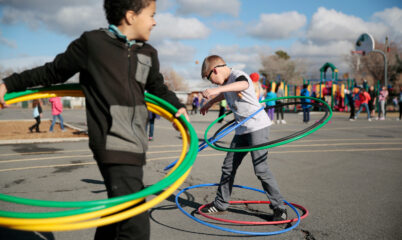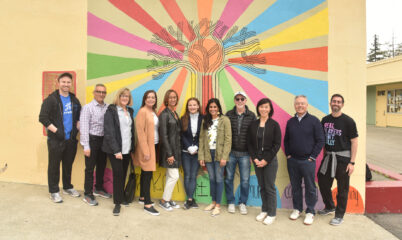Play isn’t just fun and games – it’s a vital aspect of our health and well-being.
When we play, we engage our bodies, minds, and senses, creating opportunities for increased physical activity, learning, and connection with others. Play can even help relieve stress and support the development of important social-emotional skills, including communication and cooperation. And, when we encourage routine play, it can provide a powerful tool for healing that reduces the effects of trauma by building trust and boosting positive emotions.
“For children, play is going to be a fundamental need right now because there has been so much taken away in terms of trust, stability, and predictability,” said Will Massey, assistant professor at Oregon State University and College of Public Health and Human Sciences. “We know in regular times there’s huge benefits of physical activity on cognitive health, social health, and emotional health. In response to trauma and helping the body to re-regulate from the dysregulation that might be caused, this time is going to be absolutely critical to supporting children’s needs for healthy development.”
We’ve joined together with Alliance for a Healthier Generation to share these helpful tips with you for integrating more play into your family’s routine.
Tips for Planning & Prioritizing Play
1. Create a Game Plan
Just like schoolwork and mealtime, we can plan ahead for play. As a family, discuss your goals for play time and establish a basic framework for how, when, and where play occurs (e.g., in the family room after dinner).
Short on time? Consider ways you can add movement and play to your regular routines like trying these Go for a Walk Games.
2. Engage the Whole Family
One of the best ways to encourage play and physical activity in children is to model those choices as an adult. Caretakers and older siblings can inspire younger children simply by engaging in play or movement themselves. Some of our favorite games to build connections are I Love My Neighbor and Charades Relay. Find more games that the whole family can enjoy in the Playworks Game Library.
3. Use Your Whole Space
Whether indoors or outdoors, make the most of your play space. Get started by mapping your space to establish boundaries and identify any potential safety hazards. To do so, draw out all of your space with your child on a piece of paper. Identify which zones are off-limits for safety (ex. kitchen or bathroom) or because other people need to be safely moving through the space. Your kids might be able to help you identify new small or large safe spaces to play, and establish what types of games they’d like to play where.
When playing games with tossable objects, it’s safest to find a space without much furniture, unless you get creative with a game like Popcorn. Outdoor space near the house might be better for games that use equipment, such as balls, frisbees, or hula-hoops. Be sure to always have kids point to the boundaries of the space before they start playing to establish and re-iterate expectations.
Get creative and modify game rules to fit your space. If you are playing a tag game, for example, include touching some of the walls or furniture inside of a room as an added step.
4. Reflect
Play can stir up a lot of emotion. When we pause to reflect after an active game, we offer ourselves and others an opportunity to process these emotions and communicate our needs. At the end of playtime, pause as a group to debrief or identify feelings so that everyone can leave the play space feeling heard and happy.
Here are a few of our favorite Playworks Debrief Questions:
-
- What was challenging about playing this game?
- What would you like to do differently next time?
- How did you practice [insert skill, ex. Physical self-awareness] while playing this game?
- How did you communicate with others during the game?
- What is a creative way you’d like to change the game next time?
Still feeling stuck? Get started quickly with Playworks’ Play at Home Playbook or Healthier Generation and Kohl’s Moving More at Home resource center,



